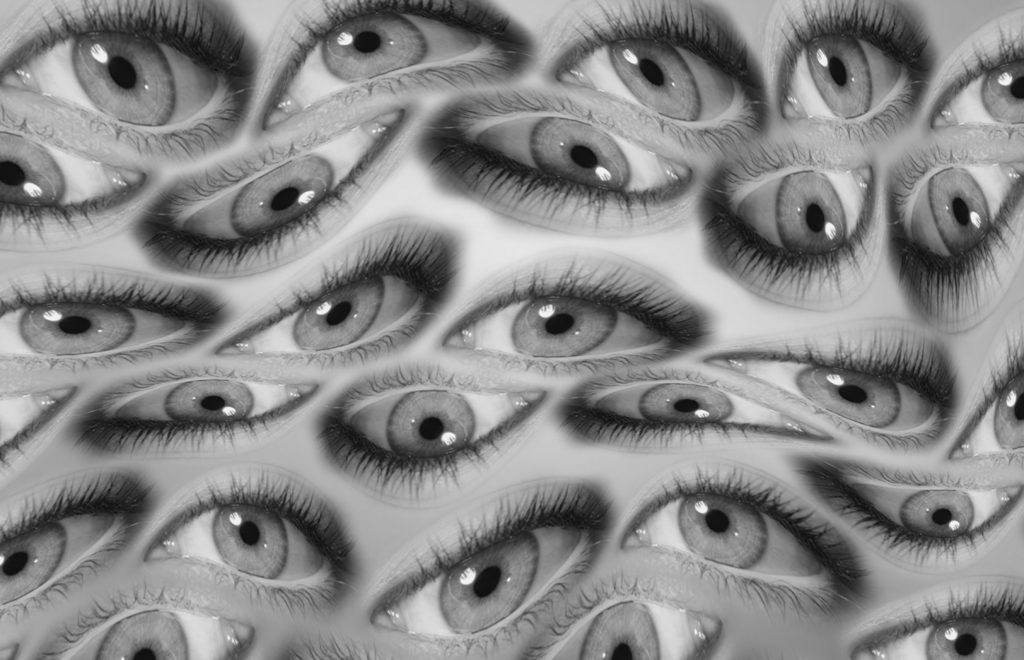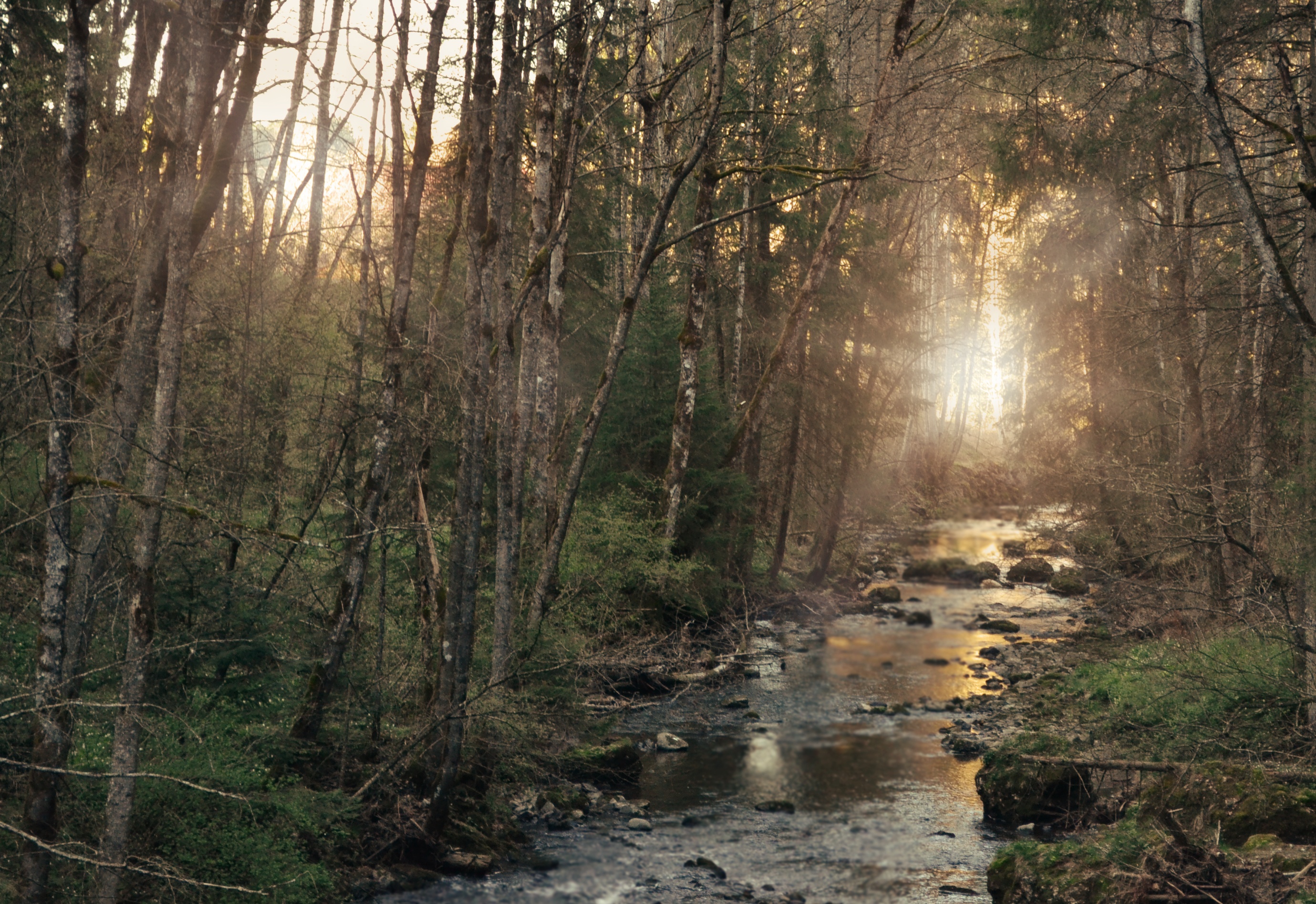
Physically speaking, many psychedelics are “freakishly safe.” They don’t trash the liver, kill brain cells, or cause addiction.1 In contrast to many other drugs, their paramount safety concern is what goes on in the mind – the possibility of a “bad trip.” Psychedelics may have immense therapeutic potential, but the risk of frightening experiences must always be acknowledged and dealt with.
Many readers will already know about bad trips and why they happen. But what may be new is how different bad trips look in psychedelic therapy, versus in less controlled settings. And although it is wise to minimize the risk, when bad trips strike anyway, it may be possible to turn them to the good.
The Seven Plagues of a Bad Trip
For those who may still be wondering: what is a bad trip, exactly? What does it feel like?
The dizziness and sensation of fainting became so strong… A demon had invaded me, had taken possession of my body, mind, and soul… I was seized by the dreadful fear of going insane. … My body seemed to be without sensation, lifeless, strange. Was I dying?… My fear and despair intensified… because a young family should lose its father.
—Albert Hofmann, LSD – My Problem Child2
Albert Hofmann’s famous bicycle-escorted LSD trip in 1943 did not start out fun. Unprepared for the drug’s intensity—not to mention attempting to flee home on a bicycle—the inventor of LSD endured nearly all of the seven characteristics of bad trips identified by Barrett et al. in a recent study:3 Initial physical distress, fear and paranoia mutated into feelings of going insane, dying, and intense grief and despair.
These are six of the seven most common symptoms, with the last being feelings of isolation.
In essence, a bad trip is an unpleasant and usually frightening experience caused by mind-altering drugs. Like good trips, they may affect people for weeks or months afterward.4 And although the seven aforementioned effects are common, any unpleasant sensation can feed a bad trip, from shame to hunger to pain. These feelings can last for the entirety of the drug’s effects, but don’t always5 (Indeed, Hofmann’s experience later became blissful).2
Underlying all of these unpleasant sensations is resistance: the person does not want any of this to be happening, and they can feel stuck inside the state of desperately wishing for it to stop.6
Dose, Set, and Setting
If psychedelics caused these frightening experiences at random, they would be useless to psychotherapy. Luckily, while not entirely predictable, bad trips are also far from random. Three main factors influence the risk: dose, environment, and mindset.
Dose is the simplest: the more someone takes, the more likely they are to feel scared or overwhelmed.4,7 As an example, a moderate dose of psilocybin (around 22 mg) causes anxiety or dysphoria in about 7% of patients, while a high dose (around 30 mg) does this in about 30% of patients.3,4 LSD’s negative effects have a similar dose-dependent profile.8,9
Trickier to control are environment and mindset—“set and setting”. Settings that are unpleasant or uninviting, like a hospital room or a grimy city street, can trigger anxiety and frightening hallucinations.1 Worse are places that seem unsafe and unpredictable. This is because psychedelic drugs both weaken people’s connection to reality and intensify their emotions.10 People confronted with alarming situations are not only less able to deal with them, but also prone to more intense anxiety. This can then infect the entire experience, such as by catalyzing frightening hallucinations and disturbing thoughts.
One potential buffer against this is the presence of a sober, trusted person – a “trip-sitter” or guide.1 They can act as an anchor to reality, providing reassurance and dealing with unexpected circumstances. Conversely, unfamiliar, untrustworthy, or disapproving people nearby can trigger anxiety and paranoia, especially when someone feels the need to hide that they are under the influence.
Last and perhaps most importantly, the psychedelic experience is strongly affected by the mindset with which one begins.1,7 People who are unprepared, anxious, or preoccupied with their work and other duties are more likely to have difficult experiences.7 And the most troublesome mindset? Resistance. Fear, grief, or guilt may be difficult emotions to work through, but will rarely cause a full-blown bad trip if the person is open to exploring and resolving them.6 Resistance, on the other hand, is a precursor to fear, and it can accelerate quickly.
Bad Trips – Or Challenging Experiences?
Even on the comfy couches of modern psychedelic therapy, bad trips can and do occur. The same goes for other safe and supportive environments outside of Western psychotherapy. That said, bad trips in therapy tend to have a different character than bad trips “in the wild”, and both therapists and researchers are trained to minimize the risk.
Before the trip even starts, many factors that make bad trips more likely are already eliminated. The doses are moderate: enough to catalyze emotional breakthroughs without being completely overwhelming.1,11 The setting, too, is optimized according to detailed guidelines, and participants are always supervised and cared for.1 Therapists take time to extensively educate people on what to expect and help them practice what to do if they start to feel afraid, so that passing feelings of anxiety will not define their psychedelic session. People with an elevated risk of reacting badly to psychedelics are also screened out of therapy and research.
Even if people do start to experience difficult emotions, therapists are there to make these rough journeys fruitful rather than horrifying. They maintain a calm and supportive presence, reassure the person who is struggling, and help them talk through their emotions if needed. Often, reminding people to “let go” and be open to their experiences prevents them from developing a mindset of resistance, which is the precursor to a bad trip.6

Klara Ritter / Shutterstock
Although patients may deal with very difficult emotions, this kind of support may help them to reach an emotional breakthrough and resolve the challenging experience.6 If needed and desired by the patient, the therapist may hold their hand or give some other kind of reassuring, appropriate physical touch, which is often remarkably effective.1 In most cases, a guide’s support is enough to tame psychedelics and send people on a safe journey inward.
But even a domesticated drug will sometimes bite. What then? Clinicians are still working out how to handle really bad trips, not least because the conversation surrounding them walks a line between trivialisation and alarmism. On the one hand, it is important not to create an unrealistic picture of psychedelics’ dangers. Most bad trips resolve within a few hours, and paradoxically, many patients benefit from even deeply unpleasant experiences.3 On the other hand, especially outside of a controlled setting, bad trips can be some of the worst experiences of someone’s life—potentially even traumatic—and that requires clinicians to take them seriously.
So whether it’s due to ill preparation or sheer bad luck, what does one do with a bad trip? The only thing you can: try and make it good. In Part II, new research will show us how.

People need to have bad trips sometimes. Need to face the things they IGNORE, the things they’re AFRAID OF, so that EVERYONE CAN BENEFIT, because it forces them to work on themselves.
AND MOST OF ALL those people need to have SELF-ACTUALIZED support groups who understand the depths of the psychedelic experience and can HELP THEM throughout the sequence.
IGNORANCE WILL KILL OUR SPECIES.
p.s. Fuck Richard Nixson & Reagan’s ignorance leading us into this war on Drugs & minimum sentencing.
Also, PSR, Abigail, thank you for having this website. Let me know if I can help.
Challening experiences, of course can be the most valuable experiences, and this is where both clincal or shamanic preperation, support and integation during before and after the session is key, and why clinical sessions have low rates of such trips. Although nothing eliminates or reduces the chance, but the mindset. Also, there is (clinically or other-wise) especially in introduction to these medicines, a need for some to be reassured one will be ok, before anything is taken. These are new experiences and they are not called trips for a shallow reason. As Gabor Mate says, paraphrased, ‘if you are having… Read more »
If set and setting are a green-light (be honest with yourself about set), the dosage does not matter – sky’s the limit. Actually, go big and bypass the ego stuff all together.
When I read things said by “therapist” who apparently administrate these illegal drugs, and talk these “bad trips” it seems wishy washy, and to my mind pretentiously. They say that “bad trips” often show something the person has to “work through” or “a chance to grow” or that such an experience “shows a need for self-examination” and on and on it goes. What on earth does ANY of these stupidity vague statements mean? It seems extremely difficult to get any description that explains what happens in one of these “bad trips” other than more vague remarks. After searching and searching… Read more »
Great questions, Dave. First, remember that the drugs being discussed are not themselves “illegal,” they are illegal to possess without the appropriate license. There are a growing number of legal frameworks in which psychedelic drugs are administered, including academic research and clinical trials. Second, psychedelic experiences can be very difficult to translate into words designed to communicate about normal states of consciousness. Imagine describing the experience of seeing something to someone blind who has never experienced any form of sight. It would be difficult to use words that capture the experience without referring to “light” or other concepts that are… Read more »